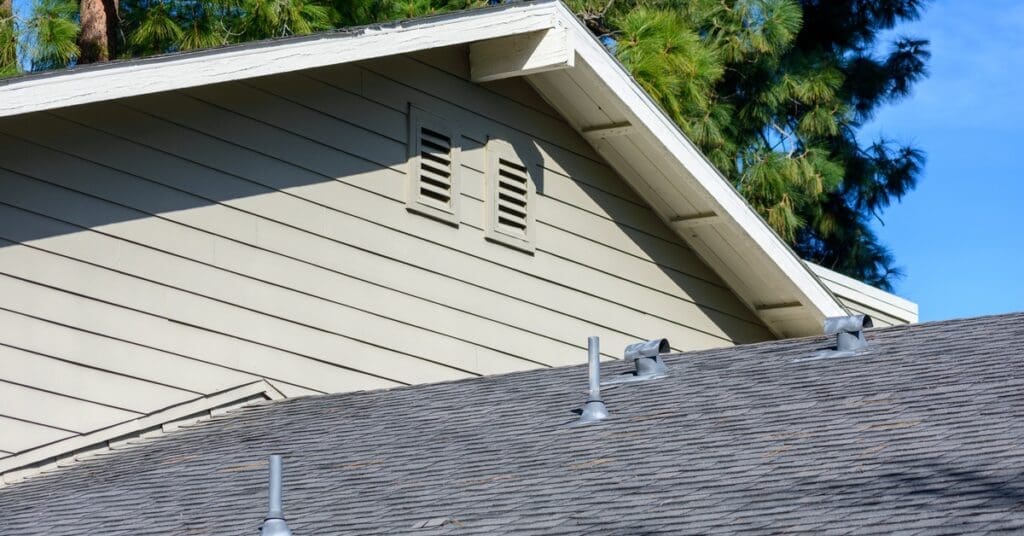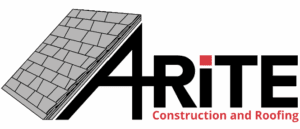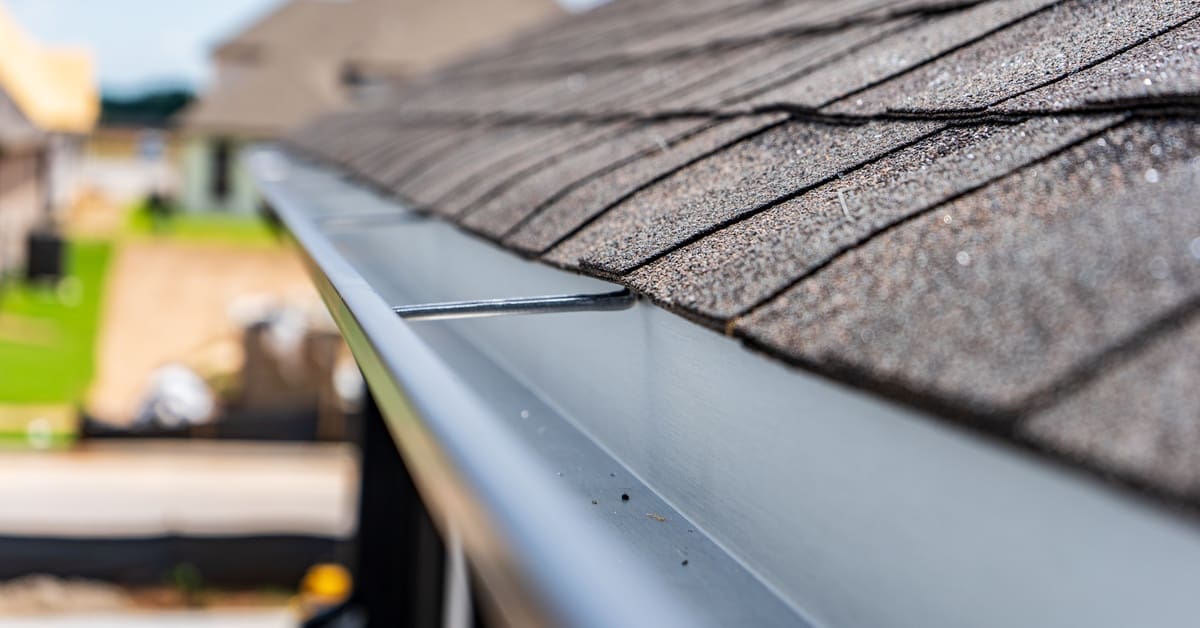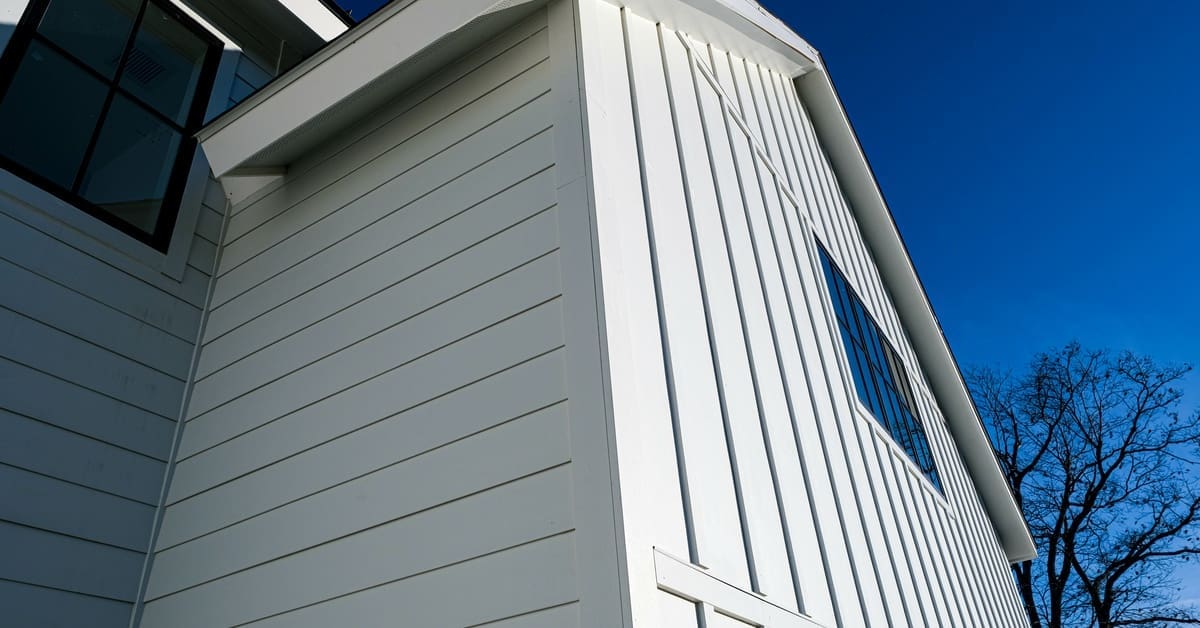A well-insulated attic helps your home stay comfortable and energy efficient all year. But insulation alone isn’t enough; you need steady airflow up there, or you risk moisture and heat getting trapped. When you know how to properly ventilate an insulated attic, you can protect your home’s structure and maintain a healthier living space.
When attic air flows the right way, it pushes warm, damp air out and draws in fresh, dry air. This helps prevent dampness, keeps heat in check, and even extends your roof’s life. Without proper ventilation, you’re more likely to wind up with mold, rotten wood, and higher utility bills.
Why Does an Insulated Attic Need Ventilation?
It’s a common belief that insulation does all the heavy lifting for temperature control. While it slows down heat transfer, it can’t manage the moisture in your home. Everyday activities send warm, humid air upward. Without venting, that moisture has nowhere to go.
In colder weather, all that trapped moisture condenses on chilly surfaces, like the roof decking and rafters. Over time, this can lead to rot and mold. As summer heats up, attic temperatures can skyrocket, pushing heat back down into your living areas and making your air conditioner work overtime. Proper ventilation keeps the air moving, which helps solve both problems.

What Are the Two Main Types of Attic Vents?
A healthy attic relies on both intake and exhaust vents working together. Intake vents sit around the lowest part of the roof, helping cool, outdoor air enter your attic. Exhaust vents, up near the peak, let out warm, damp air.
Intake and exhaust vents create a steady, natural cycle. Warm air rises and escapes, which draws in fresh air from below. As your roof heats up through the day, this continuous flow helps your attic stay dry and close to the outside air temperature.
How Do You Calculate Your Attic’s Ventilation Needs?
Good attic ventilation starts by figuring out how much venting you need. The 1/300 rule is simple: for every 300 square feet of attic space, you need one square foot of net free vent area (NFVA).
NFVA means the open area that actually lets air move through. Calculate your attic’s floor area, divide by 300, and then split that number between intake and exhaust vents so your system stays balanced. For example, a 1,200-square-foot attic would need 4 square feet of venting total: 2 for intake and 2 for exhaust.
Which Intake Vents Work Best for Attic Airflow?
Intake vents are often placed in the soffit—the underside of your roof’s overhang. Soffit vents are a solid choice. They are available as long strips or round and rectangular panels.
If your home doesn’t have soffits, there are alternatives. Gable vents can go on attic end walls, though they don’t always move air as efficiently. Drip-edge vents, which fit at the roof’s edge under the shingles, are another solution for getting air inside.
What Kinds of Exhaust Vents Move Hot Air Out?
Exhaust vents need to let out the attic’s warmest, dampest air so your entire system works as intended. Options vary, and each type brings unique benefits. They can even be combined, as long as you don’t mix different exhaust types.
- Ridge vents run along the roof peak and allow for steady, even airflow along your attic’s length.
- Static vents are individual, non-powered units placed near the ridge, working through natural pressure differences.
- Turbine vents, sometimes called whirlybirds, spin in the wind, actively drawing out air when breezes pick up.
- Powered vents use electric motors and thermostats to kick on once the attic temps reach a preset point. They’re powerful, but you need to match them with enough intake to avoid pulling air from your home’s living space.

How Can You Keep Vents Clear?
You need to ensure that you install your vents correctly, but also make sure nothing blocks them over time. Insulation, dust, leaves, and even paint can close off soffit vents and stop airflow. Before any insulation upgrades, add baffles or rafter vents across the soffits.
Baffles create channels between the insulation and the roof decking, so air can keep moving from the soffit to the attic’s upper vents. If you’re not happy with your current attic’s insulation and are thinking about an insulation installation, a good contractor will make sure those airways stay open. That step prevents blocked intake, which would otherwise choke your system. Take a look at both the inside and outside of your attic a few times a year, clearing vents as needed to keep everything running smoothly.
Why Does Balance Between Intake and Exhaust Matter?
Too often, homes end up with more exhaust than intake or vice versa. If the system isn’t balanced, negative pressure can develop, drawing air from your living areas into the attic. That raises your utility costs and might even pull dangerous gases, like carbon monoxide, into your living space.
Aim for your intake area to match or slightly exceed your exhaust. When these numbers line up, natural airflow works at its best, efficiently moving heat and moisture outdoors without robbing your home of comfort or safety.
Should You Mix Different Types of Exhaust Vents?
Mixing exhaust styles on one roof can backfire. For instance, ridge vents combined with gable vents might cause one vent to pull air from the other, instead of creating that floor-to-peak circulation you want.
Pick one style of exhaust vents and match it with the proper intake vents. Pairing ridge vents with soffit vents is a time-tested approach, producing smooth, consistent airflow throughout the attic.
What’s the Best Way To Manage Indoor Moisture?
Attic ventilation is crucial, but you should also keep a close eye on all sources of moisture inside the house. Appliances—bathroom fans, range hoods, and dryers—should vent directly outside, never into the attic.
If these don’t vent properly, they’ll dump warm, moist air where you least want it, which can overpower attic vents and cause rapid mold or water damage. Double-check that sealing and routes for all household vents lead outside and stay in good shape.
How Often Should You Inspect Attic Ventilation?
Your attic needs routine checkups to keep venting at its best. At least twice a year, ideally in spring and fall, look for damaged or blocked vents and clear away dust, leaves, or nests.
When walking around your attic, watch for stains, rust, wet insulation, or mold. Don’t forget to make sure insulation doesn’t block your soffit vents. Regular attention helps avoid bigger problems and keeps your system running smoothly for the long haul. When you understand how to properly ventilate an insulated attic, you’re making a smart investment in your home’s long-term health and value.




